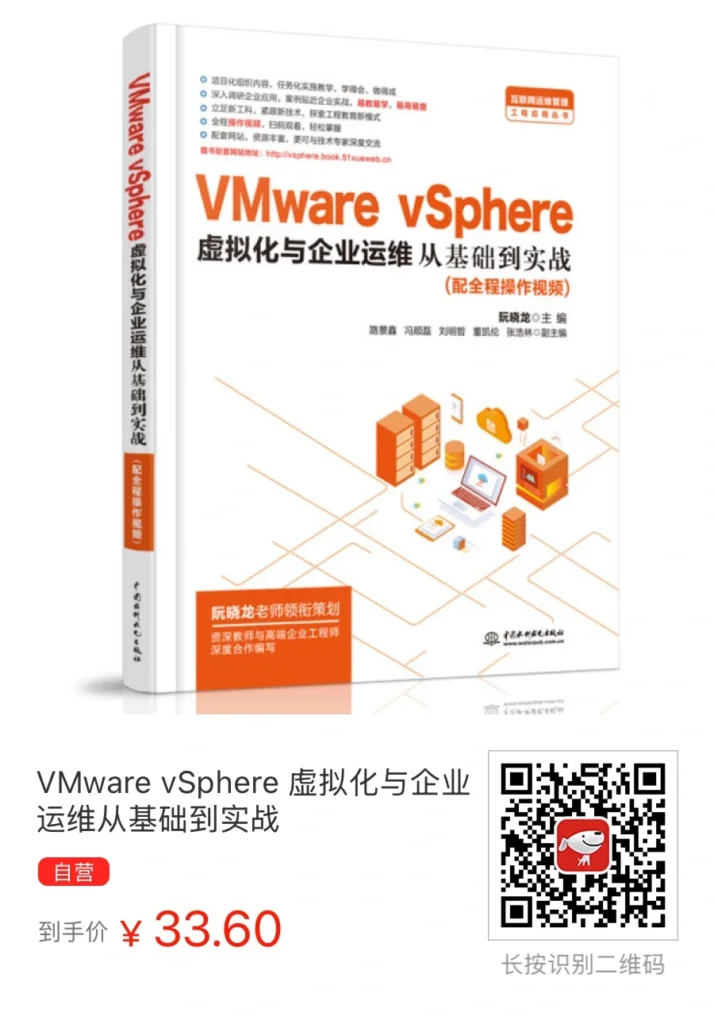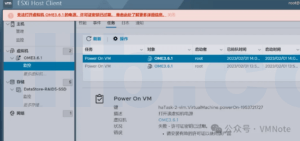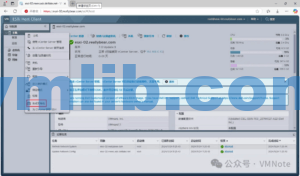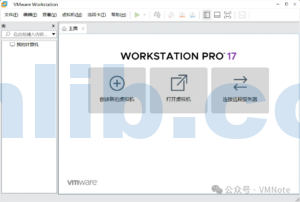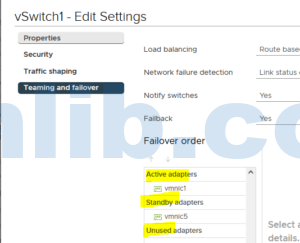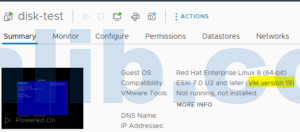How can you obtain the remote management IP/out-of-band management IP address of a physical server on ESXi?
There are situations where physical access to a server may not be possible, or the remote management IP of the server might have been forgotten. If the server is running VMware ESXi, you can still retrieve the out-of-band management IP through the ESXi console command line.
Steps to Retrieve the Remote Management IP on ESXi:
- Connect to the ESXi host via SSH.
- Run the following command:
esxcli hardware ipmi bmc getThis command retrieves the status of the Baseboard Management Controller (BMC) on the ESXi host. It communicates with the BMC using the IPMI (Intelligent Platform Management Interface) protocol.

The output will display several details, including the IPv4Address, where you can find the IP address for remote management (e.g., HP server iLO IP).
Since most server manufacturers use the IPMI protocol for remote management, this command is also applicable for various server brands, including:
- Dell servers (iDRAC)
- Lenovo servers (XClarity Controller)
- HP servers (iLO)
- IBM servers (Hardware Management Console, HMC)
- Inspur servers (BMC)
- Huawei servers (iBMC)
Therefore, if you need to check the iDRAC IP on ESXi or find the Lenovo XCC IP, the above command will work for those as well.
Why Knowing the Remote Management IP is Important
Remote management IPs, also known as out-of-band management IPs, play a crucial role in IT infrastructure management. They allow administrators to manage servers remotely, even if the server operating system is down or unresponsive. With remote management interfaces like iLO, iDRAC, XClarity Controller, or BMC, you can perform tasks such as rebooting the server, monitoring hardware health, and troubleshooting issues without being physically present. Whether you’re managing a data center or a small office setup, having quick access to these IP addresses is essential for efficient IT operations. Using the esxcli hardware ipmi bmc get command on VMware ESXi makes it simple to retrieve these IPs, saving you time and reducing the need for manual intervention. If you’re looking to find out how to check iLO IP on HP servers, identify the iDRAC IP on Dell servers, or access Lenovo’s XCC, this method is a fast and reliable solution.
Troubleshooting Remote Management IP Access on ESXi Hosts
Encountering issues when trying to access the remote management IP, such as an iLO, iDRAC, or BMC interface, is a common problem for IT administrators managing VMware ESXi hosts. Sometimes, connectivity problems can arise due to network misconfigurations, firewall settings, or outdated firmware on the BMC interface. Before troubleshooting, ensure that SSH access to your ESXi host is enabled and that you’re using the correct credentials. If you’re unable to ping or access the remote management IP, it might help to check the BIOS or system setup to verify if the IPMI settings are correctly configured. Restarting the BMC or performing a cold reboot of the server might also resolve issues related to unresponsive remote management interfaces. This step-by-step guide will help you troubleshoot and recover your out-of-band management IP setup on servers from major brands like HP, Dell, Lenovo, IBM, and more, ensuring smooth and continuous server management without physical intervention.


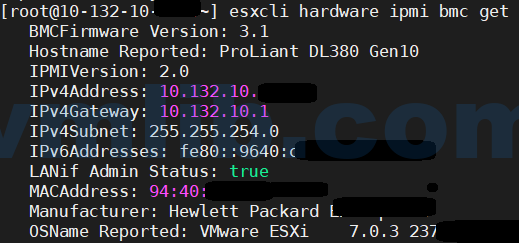


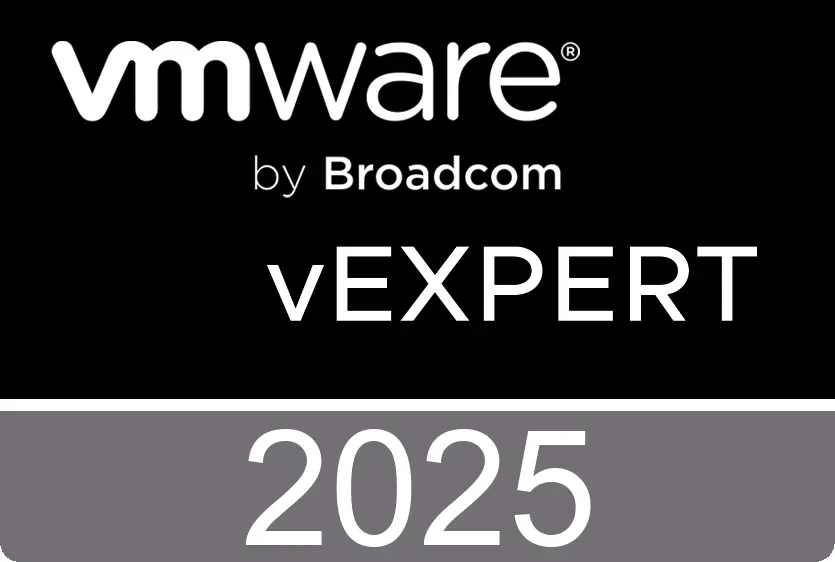
 VM技术助理
VM技术助理

